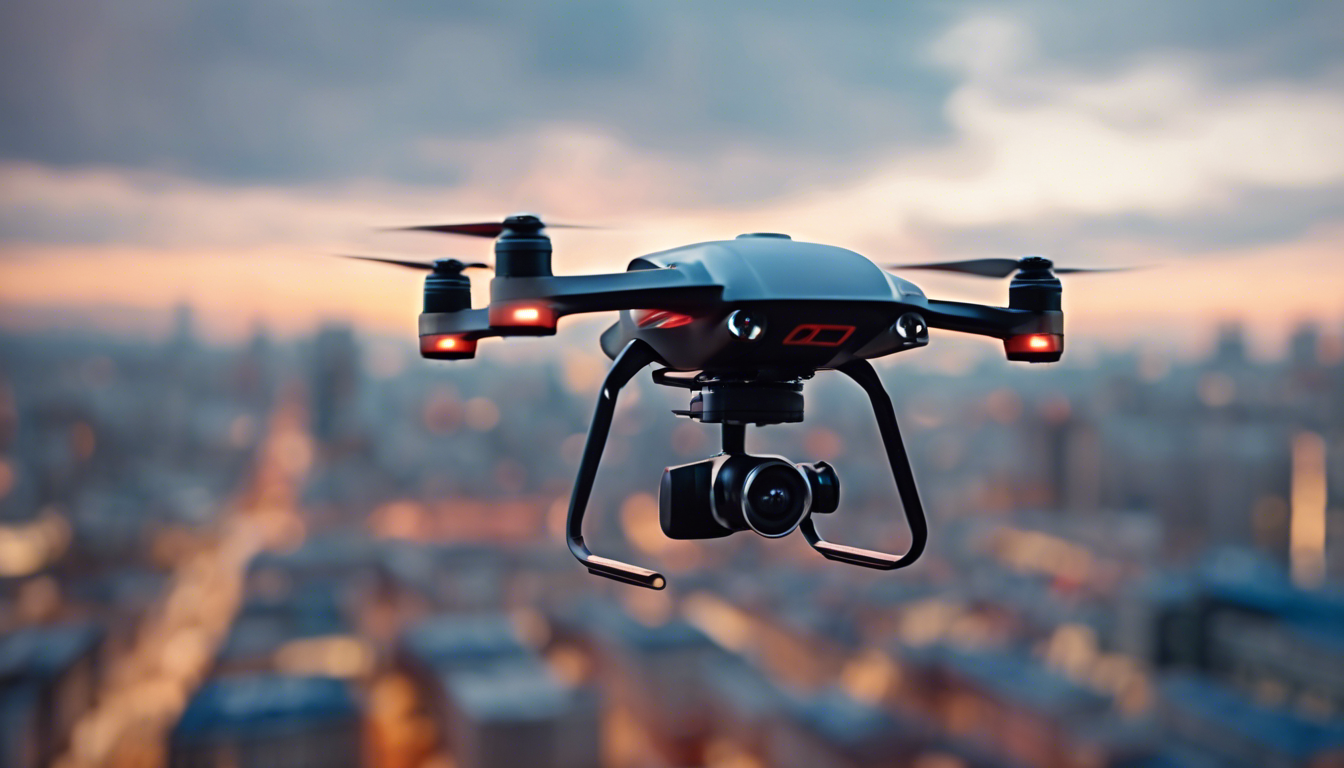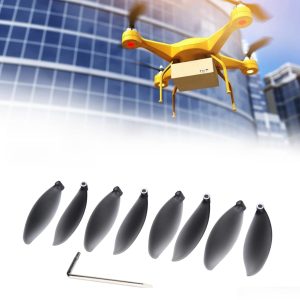
Drones have become increasingly popular in recent years, not only as toys for children and hobbyists but also as powerful tools for aerial data collection. With advancements in technology and increasing affordability, consumer drones are revolutionizing various industries including photography, agriculture, surveying, and even package delivery. Let’s delve into the future of aerial data collection using drones, with a focus on consumer-grade models.
1. Photography and videography:
Consumer drones equipped with high-resolution cameras have transformed the way we capture images and videos. Aerial shots that were once exclusive to professionals with access to helicopters or planes are now accessible to anyone with a drone. Additionally, drone videography has found its place in the film industry, providing new and exciting perspectives to filmmakers. To capture stunning aerial shots, it’s crucial to choose a drone with a good camera and stable gimbal system.
2. Agriculture:
Drones are revolutionizing the agricultural sector by providing valuable data for precision farming. Equipped with specialized sensors and cameras, drones can monitor crop health, detect pests and diseases, and optimize irrigation patterns. This data allows farmers to make informed decisions, leading to higher crop yields and reduced use of fertilizers and pesticides. Consumer drones designed for agriculture come with advanced imaging systems and can cover large areas quickly.
3. Surveying and mapping:
Traditional surveying methods can be time-consuming and expensive. Drones offer a more efficient solution by capturing high-resolution aerial images that can be stitched together to create accurate 3D maps and models. That is especially useful in construction and urban planning, where precise measurements and topographic data are required. Look for drones with GPS capabilities and software that supports mapping applications.
4. Inspections and infrastructure maintenance:
Inspecting large infrastructure like bridges, pipelines, and power lines has always been a challenging task. Drones provide a safer and value for your money alternative by eliminating the need for manual inspections. Equipped with thermal cameras and other sensors, drones can detect anomalies and structural issues that might go unnoticed from the ground. Consumer drones designed for inspections often come with obstacle avoidance technology and long flight times.
5. Package delivery:
While it may seem like something out of a science fiction movie, package delivery by drones is becoming a reality. Companies like Amazon are already testing drone delivery systems that promise faster and more efficient delivery of small packages. With advancements in battery technology and regulations permitting beyond-visual-line-of-sight operations, consumer drones might soon become a common sight delivering packages to our doorsteps.
To wrap it up, consumer drones are opening up exciting possibilities in aerial data collection across various industries. Whether you’re a photographer looking for unique perspectives or a farmer wanting to optimize crop yields, there’s a drone suitable for your needs. Keep in mind that regulations regarding drone usage and flight restrictions vary from country to country, so always familiarize yourself with the laws and guidelines before taking to the skies with your drone.
